
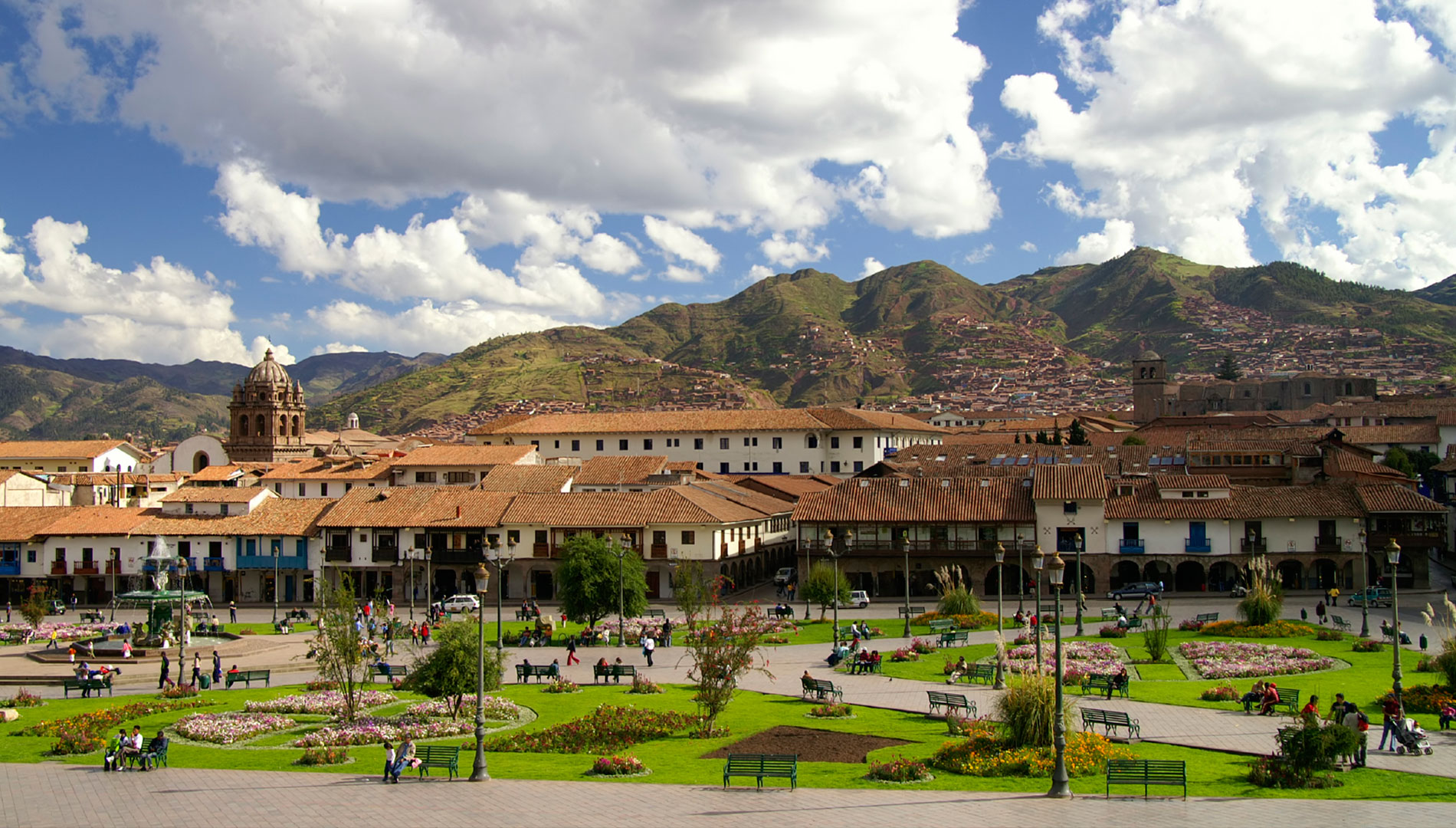
Peru is undeniably the crown jewel of South American travel hotspots, and it offers an endless variety of exciting experiences. This magical place is well-known for its varied landscapes and rich cultural history, making it ideal for tourists of all interests.
Fans of the great outdoors and wildlife have a plethora of options, from visits to the Amazon Rainforest to the deepest canyon in the world at Colca and Lake Titicaca. Oh, and don't forget the food; you're in for a real treat.
When it comes to food, Peru is a shining star on the international stage. Lima is the culinary capital of South America, and visitors come from all over to indulge in the city's grand colonial architecture and tantalizing local, Spanish, African, and Asian-influenced fare.
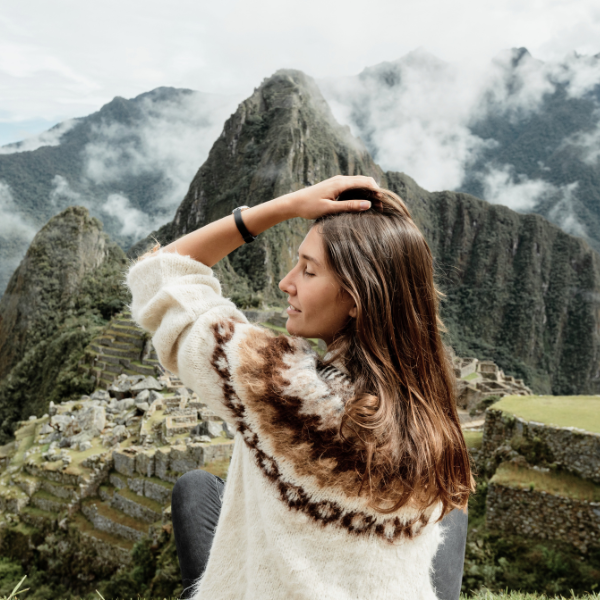
Cusco , Machu Picchu , Lima , Santiago .
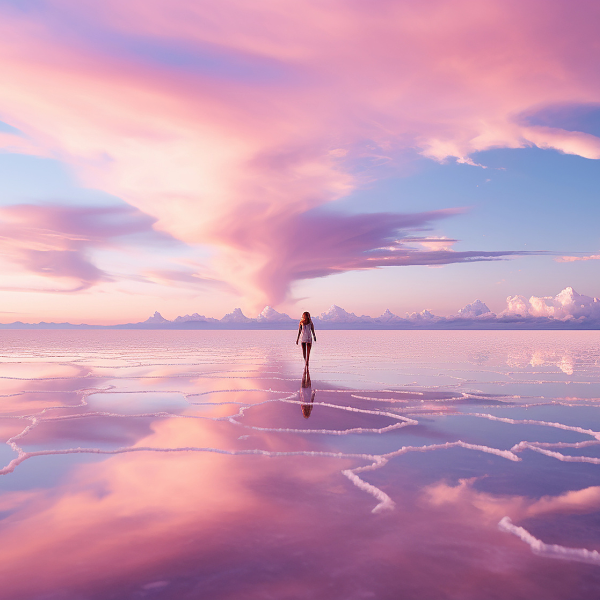
Cusco , Machu Picchu , Sacred Valley , Puno , Uyuni , La Paz .

Cusco , Machu Picchu , Sacred Valley , Rainbow Mountain , Lima , Arequipa , Puno .

Cusco , Machu Picchu , Sacred Valley , Rainbow Mountain , Buenos Aires , Iguazu Falls , Patagonia , Ushuaia , Amazon .

Cusco , Machu Picchu , Sacred Valley , Rainbow Mountain , Lima , Galapagos Islands , Quito .
_1703626361.png)
Cusco , Machu Picchu , Sacred Valley , Rainbow Mountain , Lima , Puno .
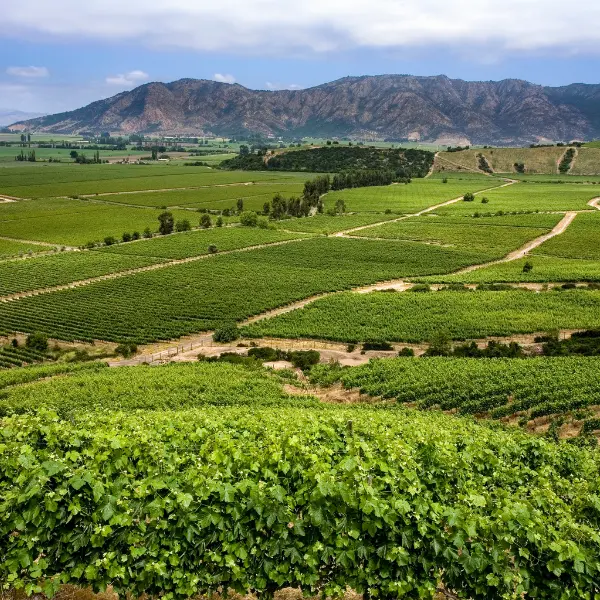
Cusco , Machu Picchu , Sacred Valley , Lima , Santiago .
_1703626901.png)
Cusco , Machu Picchu , Sacred Valley , Rainbow Mountain , Lima , Puno .

Cusco , Machu Picchu , Sacred Valley , Lima , Galapagos Islands .
_1703626463.png)
Cusco , Machu Picchu , Sacred Valley , Rainbow Mountain , Lima , Amazon .

Cusco , Machu Picchu , Sacred Valley , Lima , Arequipa , Puno .
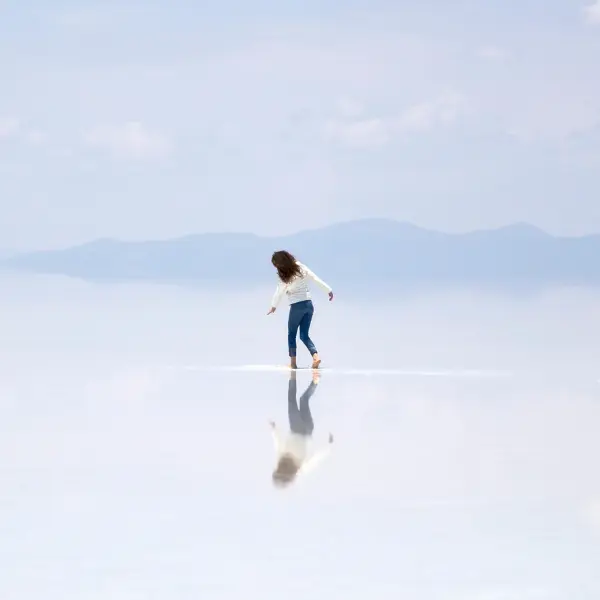
Cusco , Machu Picchu , Sacred Valley , Lima , Puno , Uyuni , La Paz .
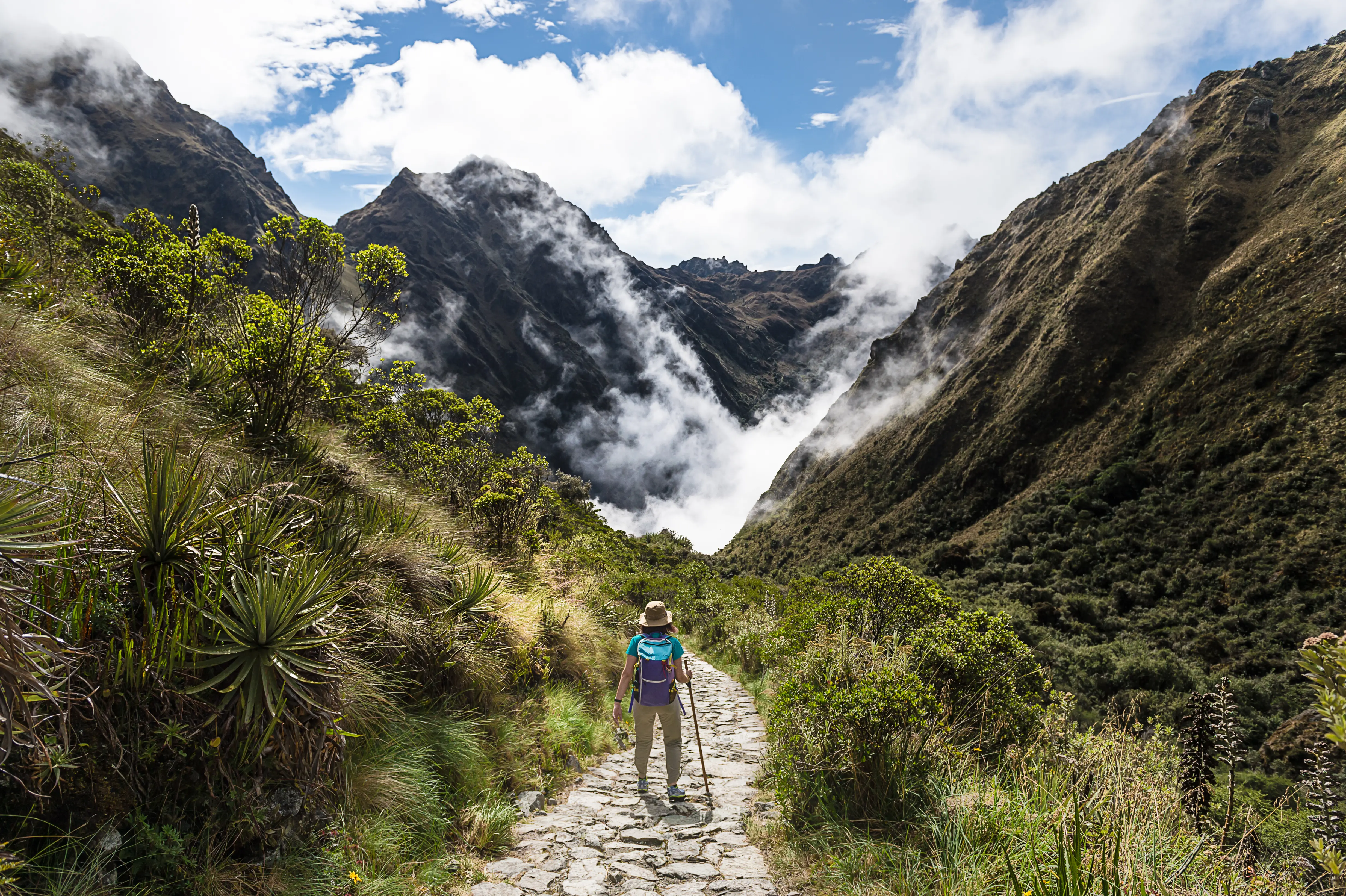
Cusco , Rainbow Mountain , Lima .

Cusco , Machu Picchu , Sacred Valley , Buenos Aires , Iguazu Falls , Rio de Janeiro .
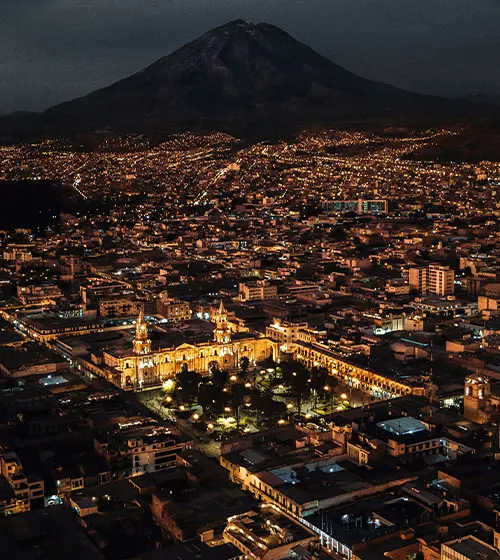
Cusco , Lima , Arequipa , Puno , Amazon .
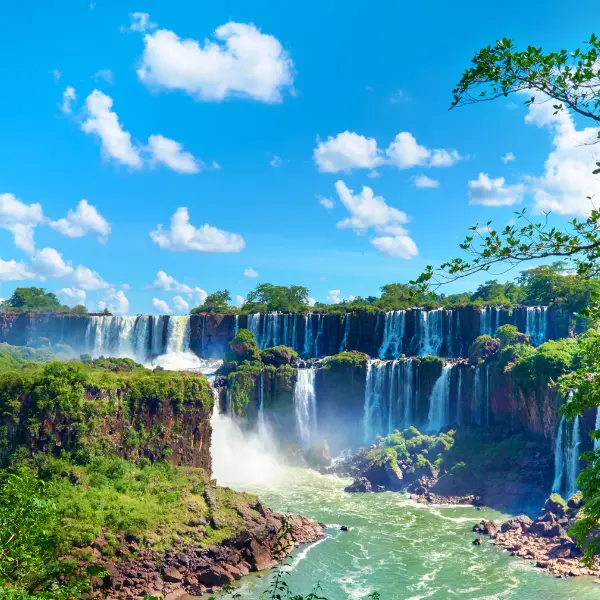
Cusco , Machu Picchu , Sacred Valley , Lima , Iguazu Falls , Rio de Janeiro , Amazon .
_1699898031.png)
Cusco , Machu Picchu , Sacred Valley , Rainbow Mountain , Lima , Buenos Aires , Iguazu Falls , Rio de Janeiro , Patagonia , Argentina , Amazon , Perito Moreno , Calafate .
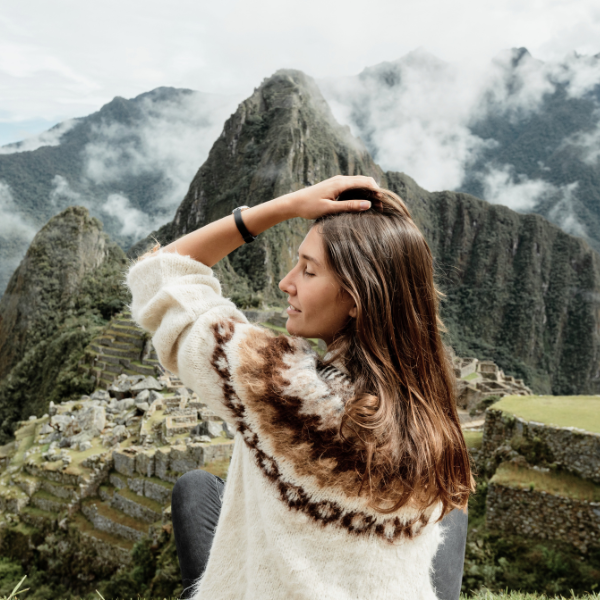
Cusco , Machu Picchu , Sacred Valley , Rainbow Mountain .
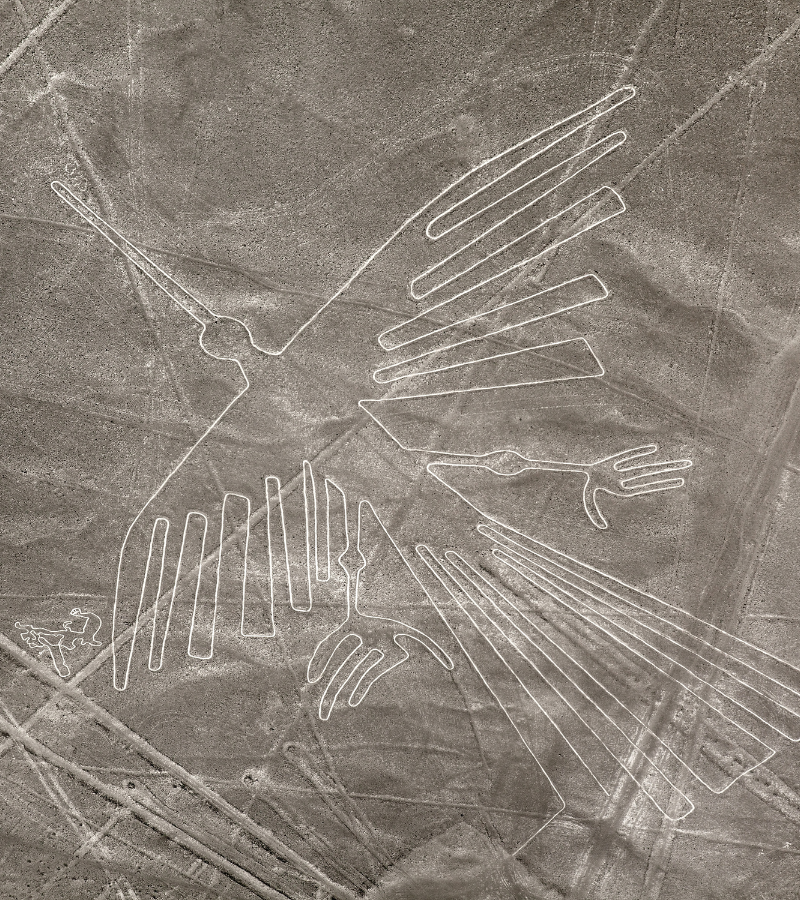
Cusco , Machu Picchu , Lima , Nazca Lines .
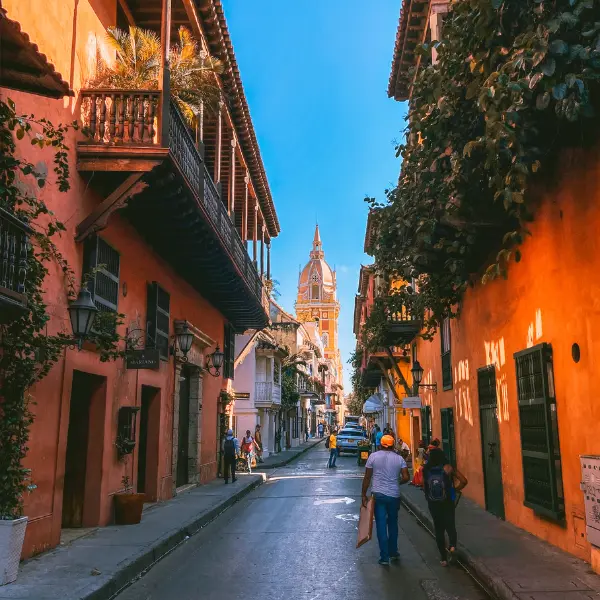
Cusco , Machu Picchu , Sacred Valley , Lima , Cartagena , Bogota .
The best time to visit Peru will depend on the region you want to visit since each area has a different microclimate. It is possible to experience all four seasons in a single day in some places. Peru's geographical diversity is divided into three central regions: Coast, Highlands, and Jungle, but you should also keep in mind that there are micro-regions inside them. Below is a summary of the best times to visit the different regions.
Overall, the dry season is the best time to visit Peru, but as we mentioned before, it will depend significantly on the activities you want to do and the region you plan to visit.
Peru is a geographically diverse country that offers a wide variety of activities, whether you are a nature lover, a history buff, a natural-born adventurer, or just looking to immerse yourself in the local culture of the city you plan to travel to. You have the option of cultural explorations, culinary experiences, and outdoor activities such as mountain biking, rafting, hiking in the Andes Mountains, and much more. In Lima, visitors can take a culinary tour to taste traditional Peruvian dishes such as ceviche, anticuchos, and causa.
Due to its diverse geography, Peru experiences a variety of climates, including coastal deserts, Andean mountains, and the Amazon rainforest. The coastal region generally has a mild, desert-like climate with warm temperatures year-round, while the Andean highlands have cooler temperatures and distinct wet and dry seasons. The climate in Peru has a high variability depending on the region where you are located. Still, in the following chart, you can review the main destinations and their climatological details.
Jorge Chavez International Airport (LIM)—Lima: Located in the capital city of Lima, Jorge Chavez International Airport is Peru's main gateway for international and domestic flights. It serves millions of passengers annually and connects to destinations across South America, North America, Europe, and Asia.
Alejandro Velasco Astete International Airport (CUZ)—Cusco: Situated in the historic city of Cusco, Alejandro Velasco Astete International Airport is the primary entry point for travelers visiting Machu Picchu and the Sacred Valley. It offers domestic flights to Lima and other destinations in Peru.
Rodriguez Ballon International Airport (AQP)—Arequipa: Located in the southern city of Arequipa, Rodriguez Ballon International Airport is the second-busiest airport in Peru. It provides domestic and limited international flights to cities such as Lima, Cusco, and Juliaca.
Capitan FAP Carlos Martinez de Pinillos International Airport (TRU)—Trujillo: Serving the northern city of Trujillo, Capitan FAP Carlos Martinez de Pinillos International Airport offers domestic flights to Lima and other destinations in Peru, providing convenient access to the region's archaeological sites and coastal attractions.
Coronel FAP Francisco Secada Vignetta International Airport (IQT)—Iquitos: Located in the city of Iquitos in the Amazon rainforest, Coronel FAP Francisco Secada Vignetta International Airport is the main gateway to the Peruvian Amazon, offering domestic flights to Lima and other cities in Peru, as well as limited international flights to Colombia and Ecuador.
Belmond Miraflores Park—Lima: Situated in the upscale Miraflores neighborhood of Lima, Belmond Miraflores Park offers luxurious accommodations, fine dining, and breathtaking views of the Pacific Ocean. It is a tranquil retreat for discerning travelers.
Aranwa Sacred Valley Hotel & Wellness—Urubamba: Nestled in the Sacred Valley of the Incas, Aranwa Sacred Valley Hotel & Wellness offers elegant rooms, a spa, and extensive gardens with views of the surrounding mountains, providing an idyllic setting for relaxation and exploration.
Inkaterra Machu Picchu Pueblo Hotel—Machu Picchu: Located near the entrance to Machu Picchu, Inkaterra Machu Picchu Pueblo Hotel offers rustic-chic accommodations, eco-friendly amenities, and guided excursions to explore the surrounding cloud forest and Inca ruins.
Palacio del Inka, a Luxury Collection Hotel—Cusco: Housed in a historic colonial mansion in the heart of Cusco, Palacio del Inka, a Luxury Collection Hotel, offers elegant rooms, fine dining, and a range of amenities, including a spa, pool, and fitness center. It provides a luxurious retreat for travelers exploring the ancient city.
Tambo del Inka, a Luxury Collection Resort & Spa—Urubamba: Situated on the banks of the Urubamba River in the Sacred Valley, Tambo del Inka offers luxurious accommodations, gourmet dining, and a range of outdoor activities, including hiking, horseback riding, and river rafting.
Belmond Sanctuary Lodge—Machu Picchu: Located steps away from the entrance to Machu Picchu, Belmond Sanctuary Lodge offers exclusive access to the iconic Inca ruins, luxurious accommodations, gourmet dining, and stunning views of the surrounding mountains.
Hotel B—Lima: Set in a restored historic mansion in the bohemian Barranco neighborhood of Lima, Hotel B offers stylish rooms, contemporary art, and a rooftop terrace with panoramic views of the city and the Pacific Ocean. It provides a chic retreat for travelers exploring Peru's capital.
Sumaq Machu Picchu Hotel—Machu Picchu: Situated at the foot of Machu Picchu, Sumaq Machu Picchu Hotel offers elegant rooms, gourmet dining, and a range of amenities, including a spa, cooking classes, and cultural activities. It provides a luxurious base for exploring the ancient Inca ruins.
JW Marriott El Convento Cusco—Cusco: Housed in a former convent dating back to the 16th century, JW Marriott El Convento Cusco offers luxurious accommodations, gourmet dining, and a range of amenities, including a spa, fitness center, and rooftop terrace with views of the city and the surrounding mountains.
Aranwa Cusco Boutique Hotel—Cusco: Located in a restored colonial mansion in the heart of Cusco, This Hotel offers elegant rooms, fine dining, and a range of amenities, including a spa, sauna, and rooftop terrace with panoramic views of the city and the Andes.
Central—Lima: Renowned chef Virgilio Martinez's Central is one of Lima's most celebrated restaurants. It offers an innovative tasting menu that showcases Peru's diverse ecosystems and ingredients, with dishes inspired by different altitudes and regions.
Maido—Lima: Chef Mitsuharu Tsumura's Maido combines Japanese and Peruvian flavors to create Nikkei cuisine. It features sushi, ceviche, and grilled dishes made with fresh seafood and local ingredients, served in a stylish setting with views of the Pacific Ocean.
Astrid y Gaston—Lima: Chef Gaston Acurio helms Astrid y Gaston, which offers a contemporary take on traditional Peruvian cuisine. The menu features creative dishes such as tiraditos, causas, and anticuchos, served in an elegant colonial mansion in Lima's San Isidro neighborhood.
Central Restaurante—Lima: Chef Virgilio Martinez's Central Restaurante offers a culinary journey through Peru's diverse landscapes and ecosystems, with a tasting menu that highlights indigenous ingredients and traditional cooking techniques, served in a minimalist yet elegant setting.
Malabar—Lima: Chef Pedro Miguel Schiaffino's Malabar celebrates Peru's culinary heritage with a menu inspired by the country's diverse regions and cultures. It features dishes such as Amazonian ceviche, Andean quinoa, and coastal seafood, served in a stylish and contemporary setting in Lima's San Isidro district.
Although cash is always the best way to pay, Visa and Mastercard are available in most establishments, and there may be an extra charge in some places. We recommend you withdraw your money in ATMs, usually in each city's centers or financial centers, such as Lima or Arequipa. If you need to exchange your cash, we suggest you do it in the big cities or the tourist attractions regulated by the Ministry of Culture because you will get better rates for Peruvian nuevos soles.
Inti Raymi: Celebrated in Cusco on June 24th, Inti Raymi is an ancient Inca festival honoring the sun god Inti. It is marked by colorful processions, music, dance, and traditional rituals, reenacting the Inca Empire's winter solstice celebration.
Virgen de la Candelaria: Held in Puno in February, Virgen de la Candelaria is one of Peru's largest and most vibrant festivals. It features elaborate costumes, music, dance, and parades, celebrating the city's patron saint with a mix of Catholic and indigenous traditions.
Semana Santa: Observed throughout Peru during Holy Week leading up to Easter Sunday, Semana Santa is a religious festival marked by processions, reenactments of the Passion of Christ, and traditional ceremonies, particularly in cities such as Ayacucho, Cusco, and Lima.
Qoyllur Rit'i: This pilgrimage festival, which takes place in the Andean region of Cusco in May or June, honors the Lord of Qoyllur Rit'i. Thousands of pilgrims trek to the Sinakara Valley to participate in rituals, dances, and ceremonies, blending Catholic and indigenous beliefs.
Fiesta de la Vendimia: Celebrated in Ica in March, Fiesta de la Vendimia is a wine harvest festival featuring grape stomping, wine tastings, music, dance, and traditional Peruvian cuisine. It also celebrates the region's winemaking heritage with a lively and colorful parade.
Before traveling to Peru, planning ahead and researching visa requirements, vaccination recommendations, and travel advisories is essential. Visitors should be aware of altitude sickness when traveling to high-altitude destinations such as Cusco and the Andes mountains and take precautions such as staying hydrated, acclimatizing gradually, and avoiding heavy meals and alcohol.
Pack appropriate clothing for Peru's diverse climates and activities, including lightweight layers, sturdy shoes for hiking, and rain gear for the Amazon rainforest and coastal regions. Sun protection, including sunscreen, sunglasses, and a wide-brimmed hat, is also essential, particularly at high altitudes and in the desert.
When exploring archaeological sites and natural attractions in Peru, respect local customs and regulations, such as staying on designated trails, avoiding littering, and asking for permission before photographing indigenous people and communities. Additionally, consider hiring local guides and supporting sustainable tourism initiatives to minimize your environmental impact and contribute positively to the local economy.
Peru offers a range of transportation options, including domestic flights, buses, trains, and taxis. While major cities and tourist destinations are well-connected by roads and highways, travelers should be prepared for long journeys and varying road conditions, particularly in rural areas and mountainous regions.
Safety is a priority for travelers in Peru, so precautions such as keeping valuables secure, avoiding isolated areas after dark, and staying informed about local safety conditions and potential risks are essential. Travel insurance is also recommended to cover unforeseen emergencies, including medical expenses, trip cancellations, and lost or stolen belongings.
Finally, embrace the warmth and hospitality of the Peruvian people and immerse yourself in the country's rich cultural heritage, from traditional festivals and folk music to indigenous crafts and culinary traditions. Whether exploring ancient ruins, trekking through stunning landscapes, or sampling delicious ceviche and pisco-sour cocktails, Peru offers many experiences waiting to be discovered and cherished for a lifetime.
Peru is home to some of South America's most iconic and breathtaking destinations, offering travelers a wealth of cultural, historical, and natural attractions. Machu Picchu, one of the World's New Seven Wonders, is undoubtedly Peru's most famous landmark. It attracts millions of visitors yearly to marvel at its ancient ruins and stunning mountain scenery.
The Sacred Valley, located near Cusco, is another must-visit destination in Peru. It is known for its picturesque villages, Inca ruins, and stunning landscapes. Visitors can explore archaeological sites such as Ollantaytambo and Pisac, hike along scenic trails, and shop for handicrafts and souvenirs at traditional markets.
Lake Titicaca, the highest navigable lake in the world, straddles the border between Peru and Bolivia. It allows travelers to explore indigenous communities, floating islands, and ancient ruins. Highlights include the Uros Islands, Taquile Island, and the Inca ruins of Sillustani.
The Amazon rainforest covers much of Peru's territory, providing a haven for wildlife, indigenous cultures, and eco-tourism adventures. Travelers can embark on guided tours from cities such as Iquitos and Puerto Maldonado to explore the rainforest's diverse ecosystems, spot wildlife such as monkeys and macaws, and learn about traditional medicinal plants and indigenous customs.
The Nazca Lines, located in the desert plains of southern Peru, are a UNESCO World Heritage Site and one of the world's most mysterious archaeological enigmas. These ancient geoglyphs, dating back over 2,000 years, depict various animals, plants, and geometric shapes visible only from the air. They spark intrigue and speculation among researchers and visitors alike.

We're flexible! Postpone your tour with zero cost up to 10 days prior to departure.